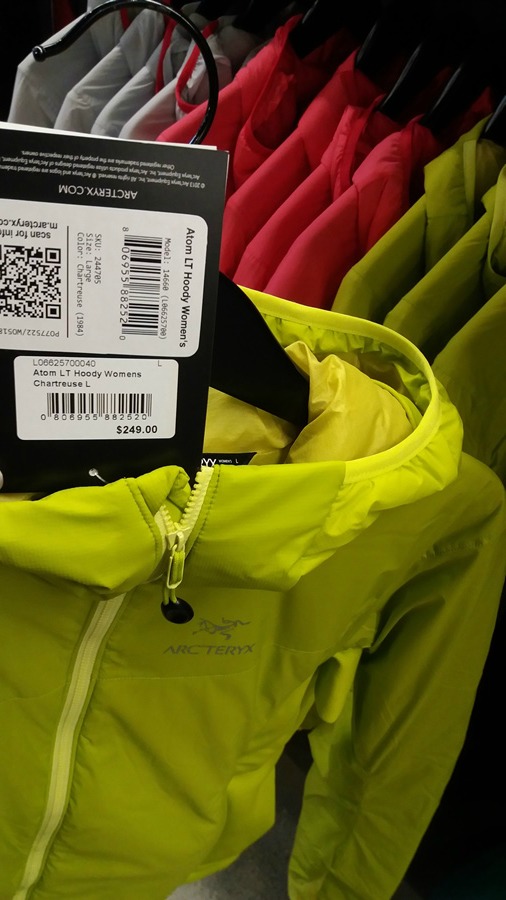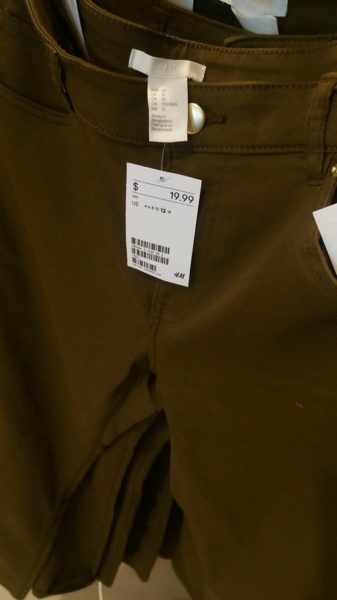
How is Bangladesh apparel industry doing now after going through such nightmares?
Seattle drew me inside it the first time I set my feet on the Seattle-Tacoma International Airport. The city makes you crave for restless days and sleepless nights to explore its green environment. Last Friday I went to the University Village to visit some shops like H&M, Sephora, Victoria’s Secret and so on. Apparently H&M is a very popular shop here and a number of Seattleites suggested me this shop. I already knew about it because there are factories in Bangladesh which produce garment-items for H&M. I was going through different sections of the shop and gradually got lost into some serious thoughts. Recalling my memories when Tazreen Fashion caught on fire and Rana Plaza collapsed, I shivered. I remember how the economy of the entire country was starving and everyone was anxious about the future of the country. Some felt hopeless, some felt hopeful. How is Bangladesh apparel industry doing now after going through such nightmares?
What happened in 2012 at Tazreen Fashion Factory and at Rana Plaza in 2013 is unforgettable. The fire accident took more than 200 lives and the factory collapse took more that 1100 lives which left the entire world apparel industry in great distress. The lives lost were the percentage of people in the whole population of Bangladesh who could work hard and earn enough money to support their families. Thus the loss cannot be measured in any form.

I came rushing back to reality when one of my friends shook me and asked me to head for Alder Hall where I was staying for my visit in Seattle. While they all merrily chatted and laughed on the way back to the hall, I started to revise my experience in this city. I also visited American Apparel, Forever 21 and ArcTeryx and was mesmerized by the fact that a big portion of the products were made in Bangladesh, my motherland. Those were the moments of pride, silent smiles and happy tears, something hard to share and explain. Seattlelites loved those cloths, no matter which social class they are from. But what about those people who worked their heart out to make them, only to see those amazing clothes getting prepared and feel the fabric against their palms, never expecting to wear them ever? What about the country which was fighting to recover from those devastating accidents and make more clothes to put happy smiles on the Seattlelites’ faces and envy in their eyes?
I remember my father, Mr. Imtiaz Uddin Ahmed, who is the Assistant General Manager of a company which provides the garments factory with washing and dying chemicals, told me to start working double shift in different educational coaching centers to help him survive the nightmares he was having about the future of our family when Rana Plaza collapsed. He did not have enough savings to support us for another ten years, an estimated time for the recovery of our garment sector. I am sure that the fear and insecurity I felt was quite similar to most of the people who were directly or indirectly related to this sector in Bangladesh. I wonder if the Seattlelites ever thought about us. I wished they knew the story behind these gorgeous clothes, I wished they knew a bit about Bangladesh garment sector which spreads happiness and pride among them and the Bangladeshis.

I had the opportunity to talk to the Executive Director of Windy Group to learn more about the garment business. What he told me was mesmerizing, assuring to some point. He said, “I had a conversation with a business expert last week. He told me that our country’s export earning has risen to 3.2bn last year. Bangladesh’s GDP is expected to grow to 6.7% this year. It will certainly make us one of the fastest growing economies of the world.” He added, “Not all the garment factories were extremely worried about their business when it comes to the incident of Rana Plaza and Tazreen Fashion. A lot of the factories were able to hold onto their customers and continue their work. Now the government is building a flyover from Chittagong to the dockyard exclusively for the garment business. We also have The Accord alliance to ensure that nothing like those hazards happen again in Bangladesh. All the factories are under deep observation now.”
Talking to him made me feel hopeful. I stared at the bright Seattle sky for a while, craving to tell those poor garment workers whose handmade clothes Seattlelites love. I wished to tell them that those clothes are part and parcel of these Americans’ daily life and their products explore this first world country with beauty and perfection.
This story was produced by a student in the “Study of the U.S. Institute (SUSI)” program, a collaboration between The Seattle Globalist and FIUTS, supported by the U.S. Department of State. The program brings 20 undergraduates from Sri Lanka, India, Bangladesh and Nepal to Seattle. Participants study journalism and new media, and participate in volunteer and service activities, leadership workshops, and cultural excursions. The story is an example of student work and has not yet been through the Seattle Globalist’s standard editing and fact-checking process.

